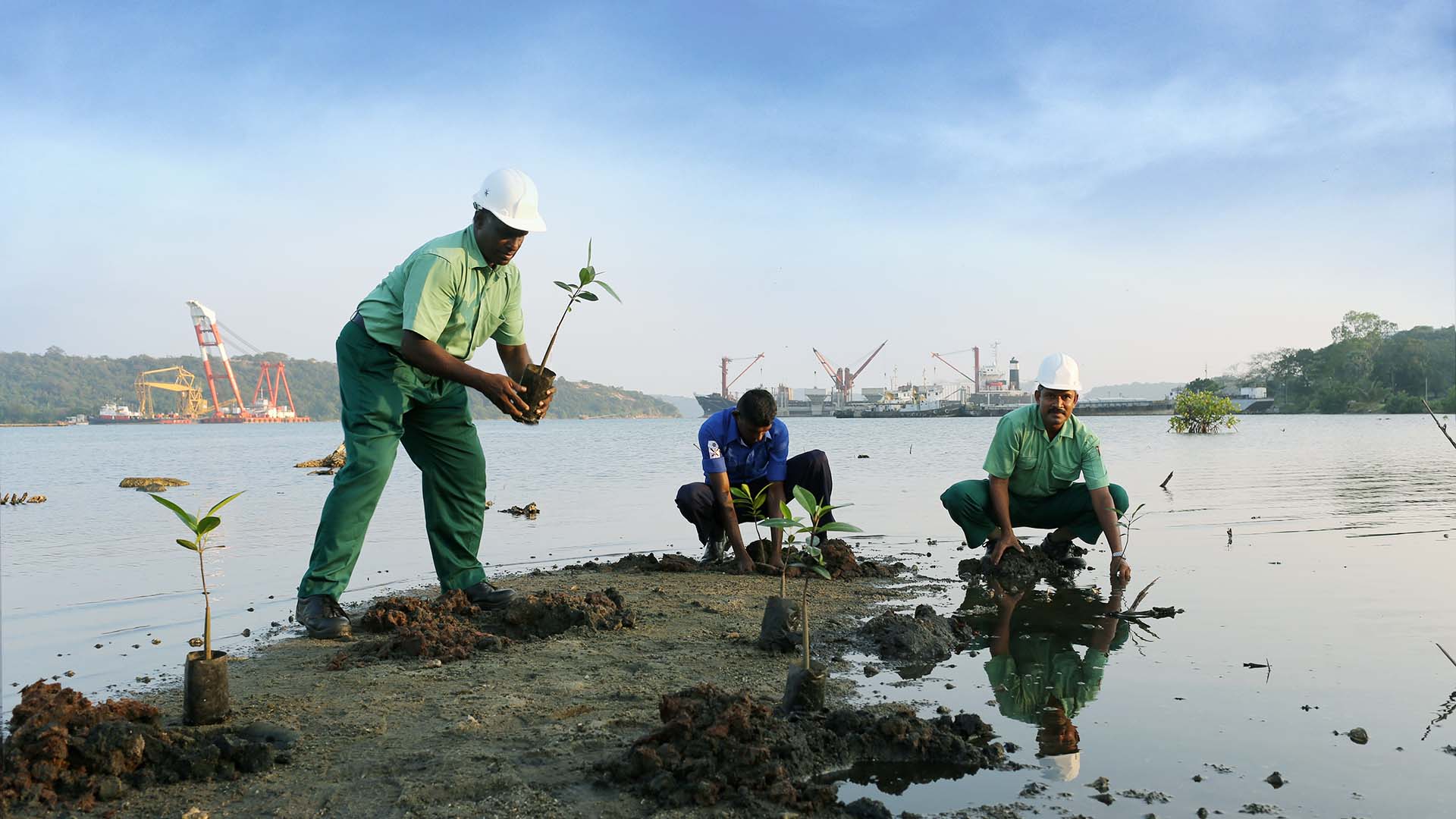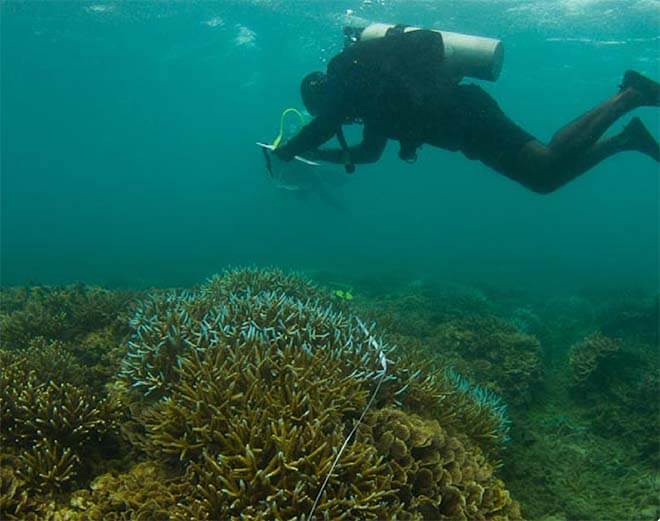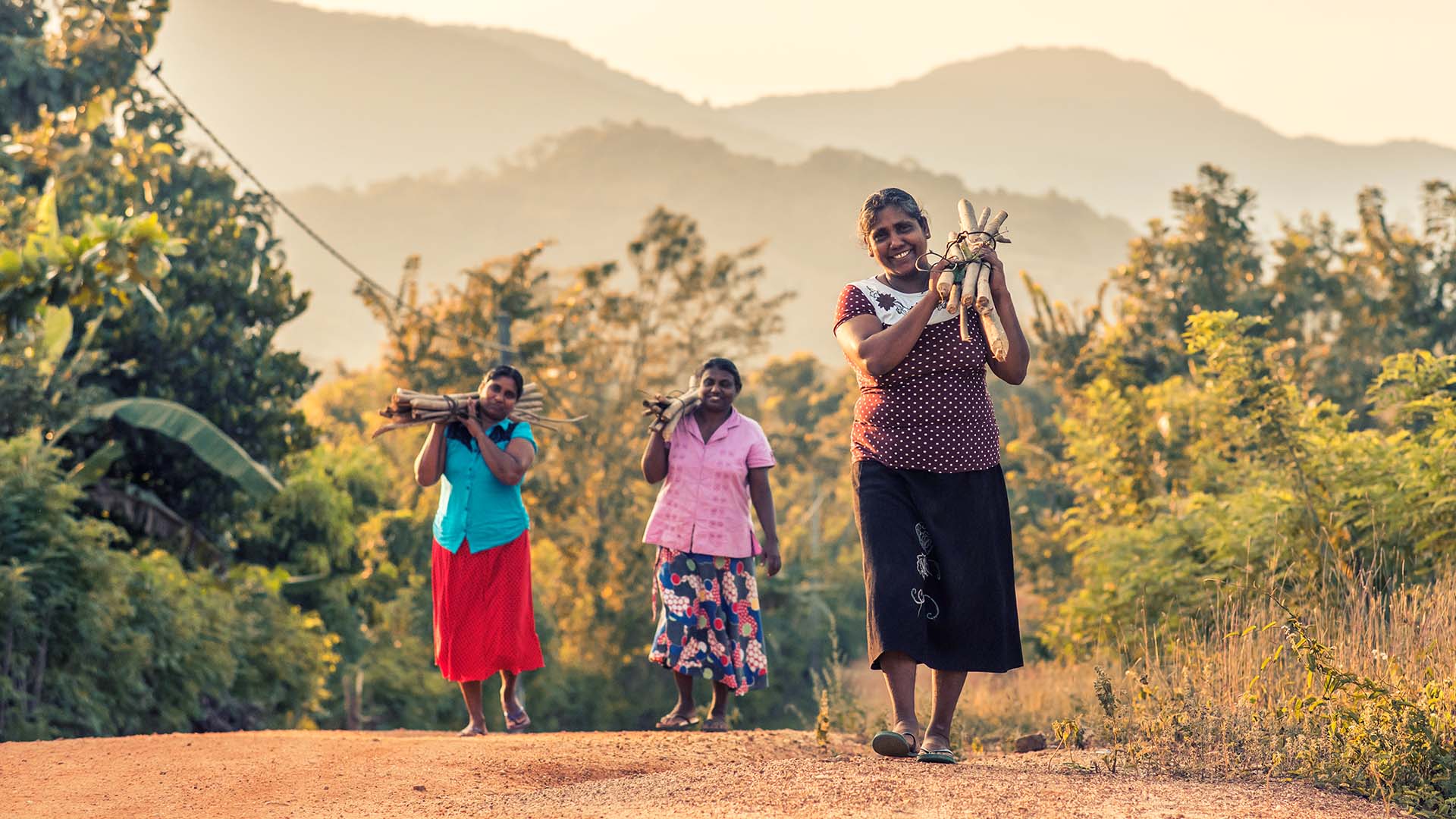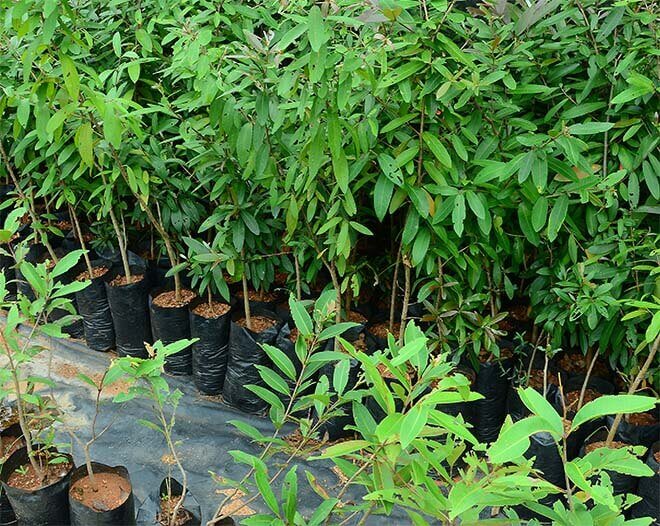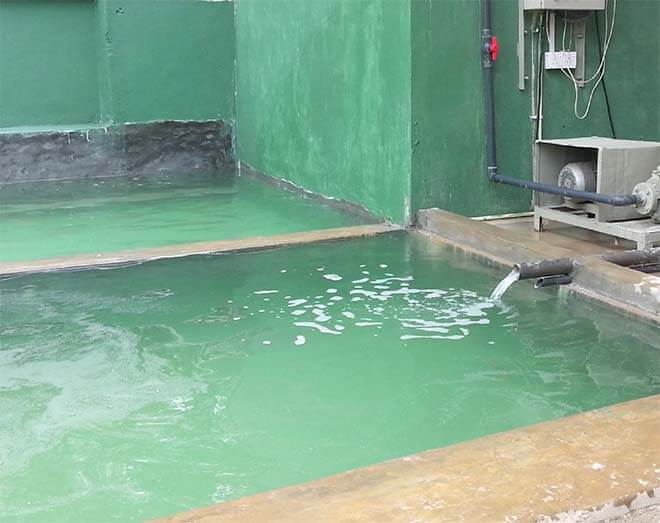Most of the mangroves in high security areas off the coast of Trincomalee was cleared during the war due to security reasons. Our Mangrove Reforestation project aims to rehabilitate destroyed mangrove habitats in and around the Bay of Trincomalee.
Tokyo Cement initiated the project in and around our home base in Trincomalee in collaboration with Sri Lanka Navy and the fishing communities of nearby villages. We recognize that this program may offer numerous benefits for the greater community, i.e. fostering healthy ecosystems for fish, crustaceans and other small organisms to flourish, to insulating our coastlines from tsunamis, to preventing further soil erosion, to scenic development. Furthermore, with Mangrove densities dwindling, what remains has significant conservation value. Prompting a sense of urgency to replant and replenish, initiating our cultivation efforts in coastline in Trincomalee.
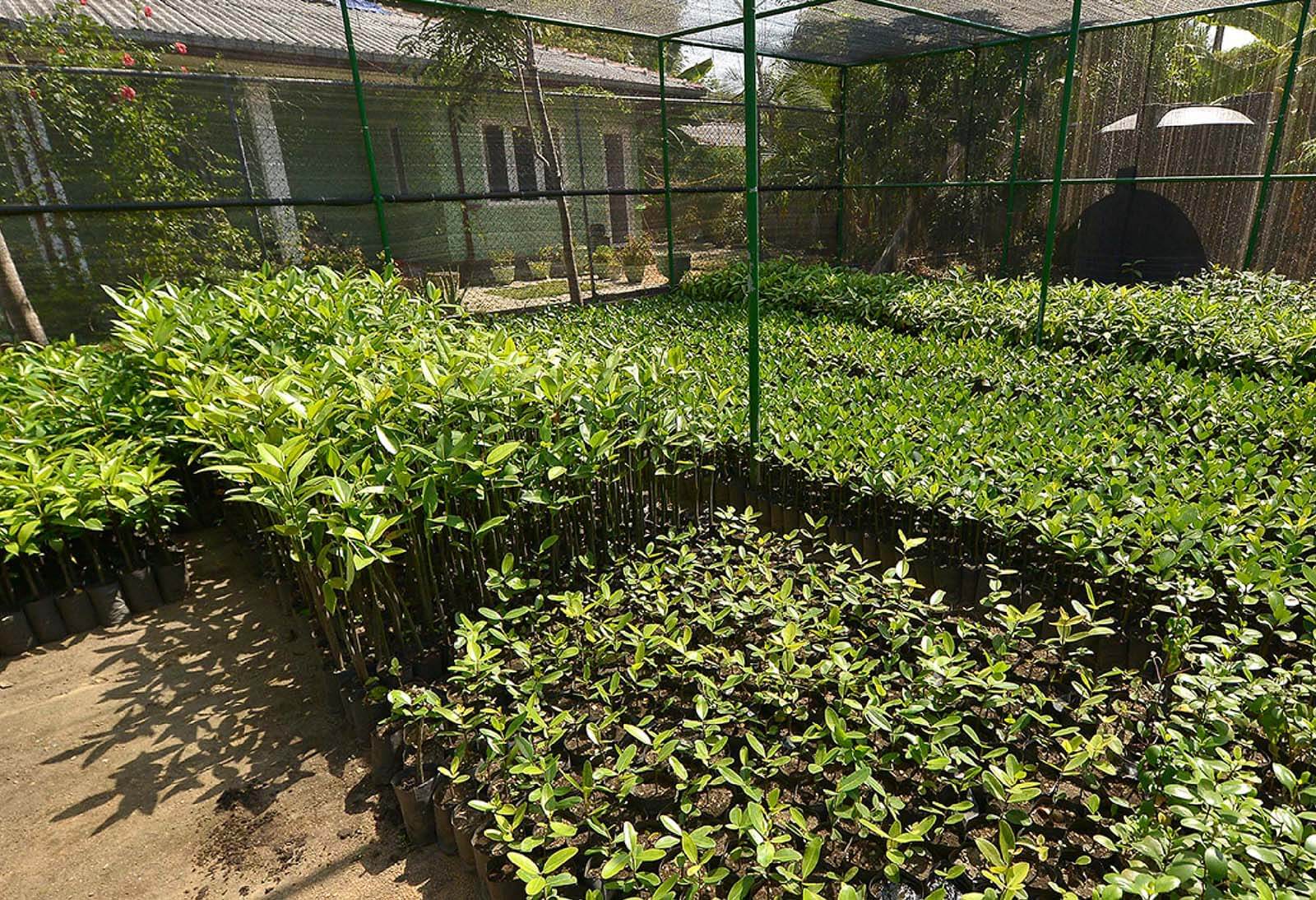
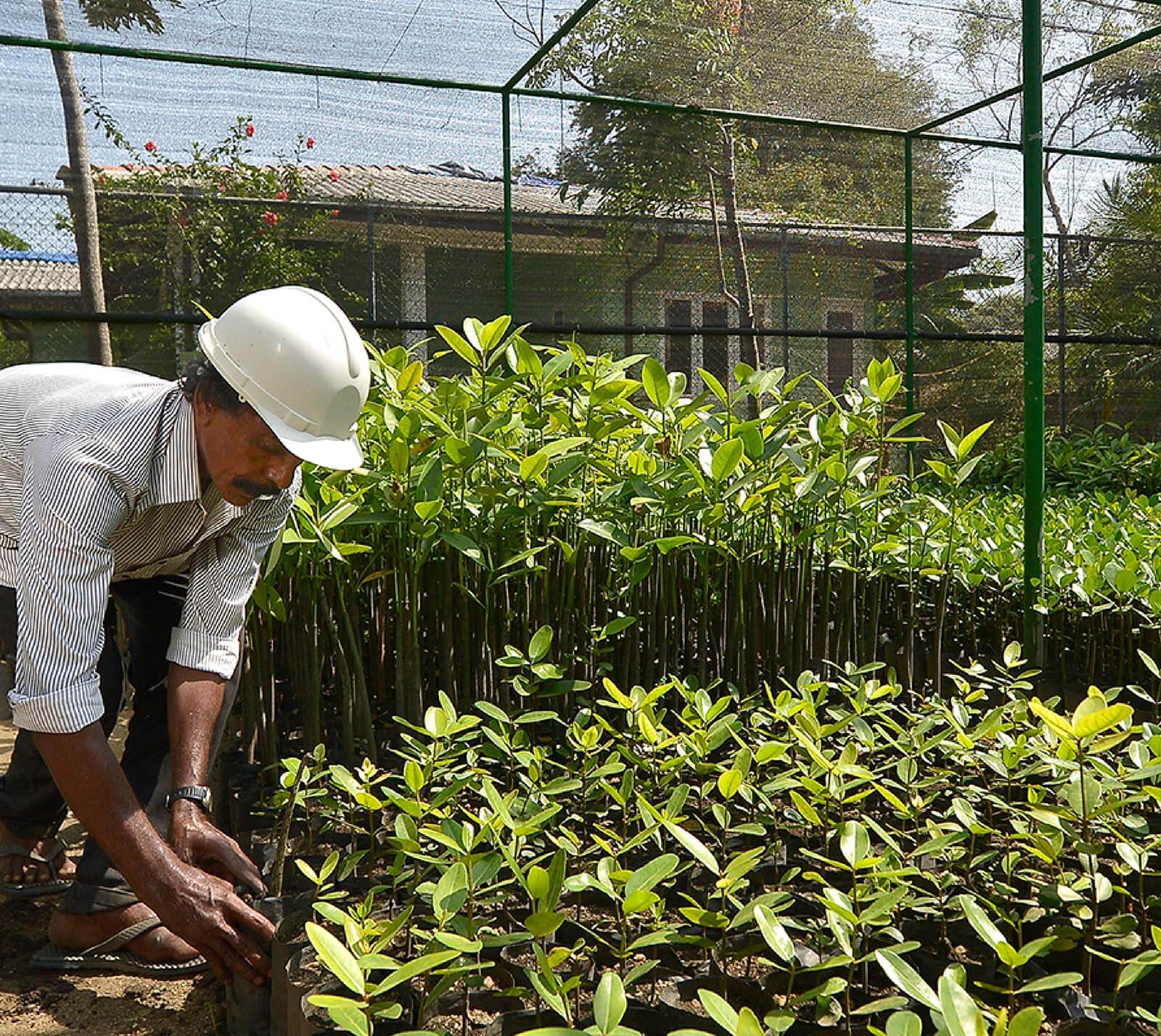
The mission started by setting up our own Mangrove nursery within the Factory premises in Trincomalee. The nursery holds 10,000 mangrove seedlings at a given time, belonging to 7 native species; some of which are extremely difficult to propagate under normal conditions. Replanting is done according to the natural composition of species native to the Cod Bay habitat, under the guidance of conservation experts. As the project progressed, we were able to collect and propagate naturally fallen seeds from the initially replanted trees, to regenerate the destroyed mangrove forest within a span of 4-5 years.
The replanting, which began on a 20-Acre stretch of land adjacent to Tokyo Eastern Cement Factory, was expanded across the Trincomalee Bay. Since inception, the project has planted over 17,000 mangrove plants around the coastal belt around the factory. This marked a significant milestone for the Tokyo Cement Mangrove Conservation Project, where we celebrated planting over 60,000 mangrove saplings along the coasts of Trincomalee and Mannar, with the assistance of Sri Lanka Navy. Encouraged by the success with which the mangrove cover is gradually gaining its former glory, the project continues to produce 10,000 new seedlings a year, that gets replanted by The Navy throughout the coasts off the North and East.
Mangrove ecosystems are the focus of much observation and study, given their critical role as the foundation of land formation as well as a natural barrier against sea erosion. Millions of species thrive in this unique habitat, that is a nesting ground for young fish, invertebrates and birds, as well as home to various types of reptiles, amphibians, and mammals. Coastal communities depend on mangrove environments for commercial activities including fisheries and tourism. However, they are also one of the most seriously endangered ecosystems due to coastal development activities. Sustainable management of this complex biodiversity hotspots is of paramount importance in order to mitigate the impact of climate change on all living beings on Earth.
Our efforts to scientifically restore the mangrove habitat in the Trincomalee Bay area, with a diverse collection of plants has now produced an invaluable asset in our surrounding. Today, this area is a living specimen of how humans, and more importantly a conscientious corporate citizen can make a significant impact on its environment and provides students and researchers an accessible study location of mangrove ecosystems.
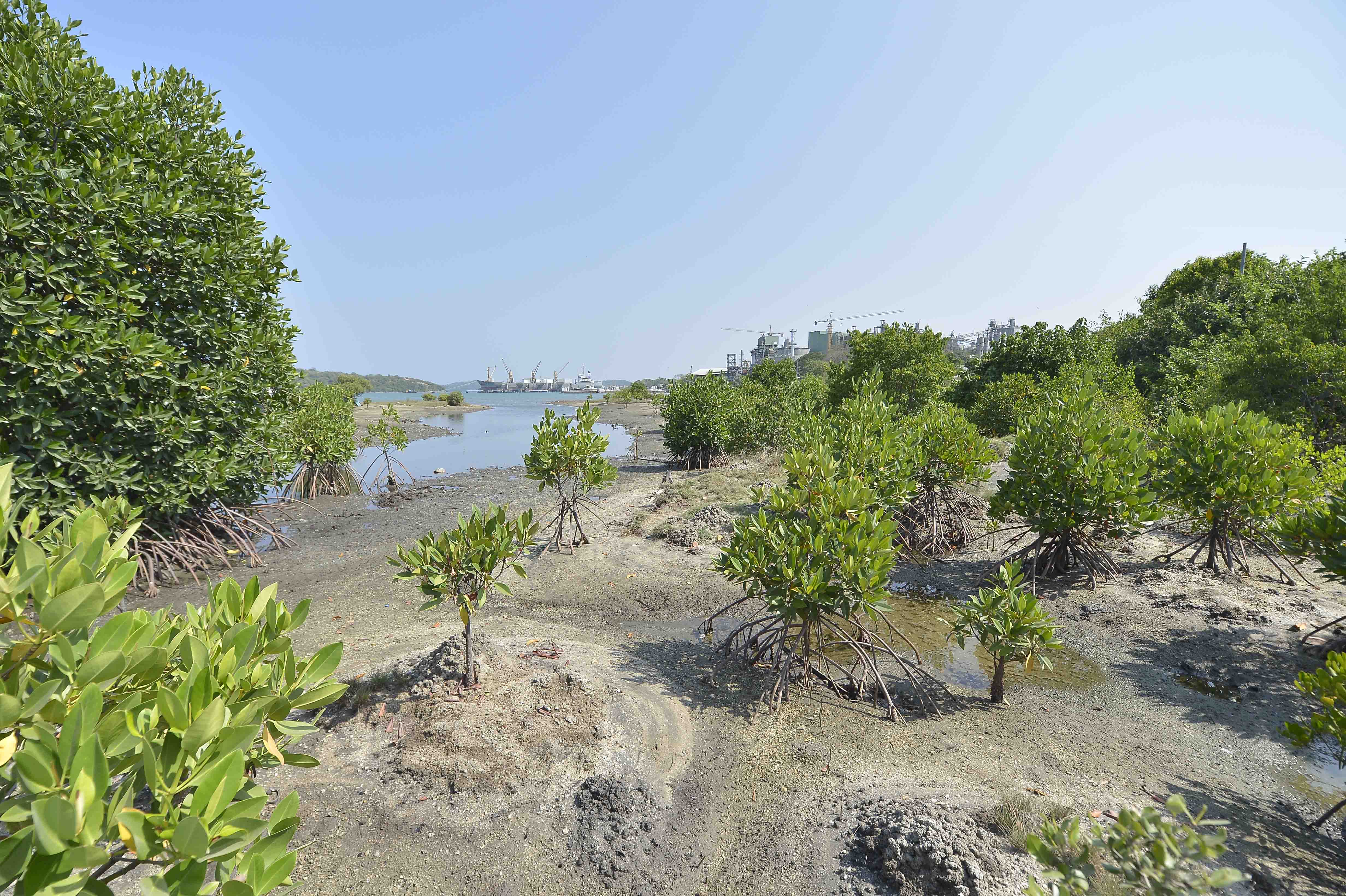
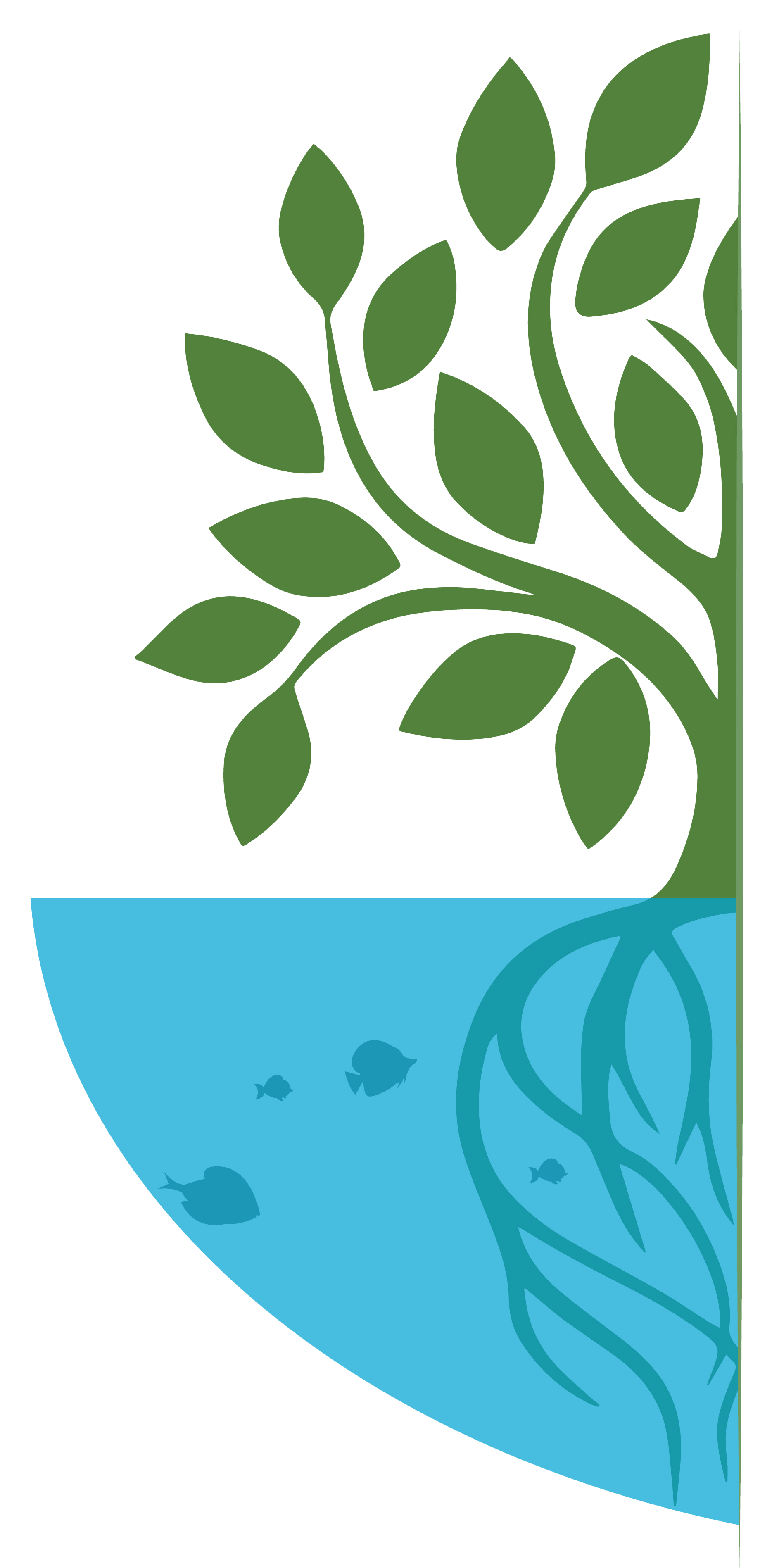
- The Mangrove Nursery within our factory premises hosts 10,000 saplings belonging to 7 native species.
- Since inception, we have planted over 60,000 mangrove trees around the Trincomalee bay, together with Sri Lanka Navy
- We follow the natural composition of mangrove habitat in Cod Bay to replant
- 17,000 saplings planted along the coast around our factory is now a flourishing mangrove habitat.
